The Mid-Winter Extreme-Weather Sore-Back Bioblitz: Pete's highlight of 2020!
- Great Southern Bioblitz
- Aug 9, 2020
- 7 min read
Updated: May 17, 2021
I was honoured to be included in a team for the International Biodiversity Challenge 2020, a project designed to get people observing their local biodiversity and uploading it to the online database, iNaturalist. My teammates were some of the heaviest hitters on the Australian iNaturalist scene. These guys are skilled observers of the natural world, able to go out to different environments and name so much of the life that they find. From bugs and beetles, fungi and flowers. Moths, trees, ants and spiders. Of course they’re competent birders too. So, when the start of the week of bioblitzing arrived I really wanted to put in a big effort and see some cool stuff.

A week of observing life outside anyone?
After weeks of blue sky days and mild conditions stimulating some really early flowering in the heathland plants, and early mating and nesting behaviour among the birds in my backyard, the weather goddess tuned the dial to full force coastal winter just in time for the bioblitz. Each day around a 10 degree maximum, with driving rain and southerly blasting winds. Even a decent and rare dusting of snow in the range behind the coast. To make matters worse I had some serious back pain which affected my ability to walk, which was ironic because I had just finished writing material for a self-guided walk to the Victorian Surf coast.
Despite these limitations things started off pretty well, my teammates exploding off the mark with an impressive number and variety of observations, I managed to go out in the evening and take pictures of spiders I had never noticed in the backyard before.
These cool looking orbweavers are waiting for dinner
After a chiropractor appointment and discovering the pain relieving properties of Voltaren, I was able to get going a bit more, with walks through the heathland and trips to my local wetland the next day, and an evening possum prowl at my favourite nocturnal hangout. There I was able to record Grey-headed Flying Foxes, Yellow Bellied Gliders and all the while walking on a pretty pathway of flower blossoms, due to the current prolific flowering of Red Ironbarks and the destructive practices of Sulphur-crested Cockatoos and the flying foxes.

The prettiest pathway through the night I've ever encountered
This is called an identification level photograph. The out of focus blurry blobs are in the correct proportions and places to indicate this species is a Yellow-bellied Glider, probably. However, the recording I took of it no one will argue with, perhaps the most vocal of Australia's marsupials that very few people have ever heard. The witch-like cackle, of Petaurus australis

Another ID-level photo, this time of the Grey-headed Flying Fox - (Pteropus poliocephalus) having a meal of Red Ironbark (Eucalyptus tricarpa) blossoms
By this stage of the competition we had determined that there were one or two other teams that might pose a threat to our title of world champion bioblitzers. Team Russia 2020 and Team Hellbender from the USA. Throughout the whole week the leaderboard was swinging back and forth making for really exciting competition, the time difference between us and the other teams meant that when we went to bed they were out blitzing and getting more and more species added to their lists!
We coordinated our observation plans to minimise doubling up, but the fantastic thing was that we are all geographically spread out along the biodiversity rich South-east of Australia, from Adelaide, to the Surf Coast, Coffs Harbour and two Sydney-siders. So, a lot of differences in species assemblage existed for us naturally, just waiting to be observed.
To add another level of complexity, Victoria is suffering from a serious second-wave of coronavirus, so during all my bioblitzes I needed to be wearing a facial covering. This wasn’t an issue as the cold weather really meant my balaclavas came in useful!
Safe from COVID-19, and from getting cold!
Heading out in rainy and cold windy conditions for a second night was an interesting choice, but that was the only time the tide would be low and allow me to access the richness of the intertidal shore. I chose to visit one of my favourite areas, the Eagle-Rock Marine Sanctuary in Aireys Inlet. Needless to say I was the only one around after dark, but there was no shortage of animals and rockpool critters still to be found. I was able to get some of the best photos I have ever taken of crabs and seastars, including this huge 11-armed seastar eating my favourite crab species, a seaweed decorator!
Fist time observing one of these impressive seastars along this coast. Typically they are found in more sheltered areas. The crab below certainly wishes this one wasn't here
An Eleven-armed Seastar (Coscinasterias muricata) getting its meat and salad meal all-in-one
So cute! Purple Mottled Shore Crab (Cyclograpsus granulosus)
So angry! A huge Red Rock Crab (Guinista chabrus)
So camouflaged! A very tricky to find Seaweed Decorator Crab (probably Notomithrax ursus) Don't believe me? Proof is in the video..
It must be said though that my highlight for the week came from a chance meeting with a Parks Victoria Ranger Mike, who gave me the heads up that a Leopard Seal had come ashore at Pt. Roadknight - my local beach! I pretty much ran back to the car and zoomed home, grabbed the camera and got these pictures of an incredibly rare visitor to the coast. I was really pleased to be able to add this observation to the project.
This particular one has been coming ashore fairly frequently over the last month to rest and recover due to the nasty looking wound on the hind flipper. Fortunately, the rest of it looks good condition wise, and as this video shows it still seems capable of swimming and movement. I suppose compared to Antarctica, this must be like a tropical beach, and perhaps the ‘warm weather will do it some good’!
Phone camera in one hand, DSLR in the other - 'Seal' you later!
It wouldn’t be a complete blog for me at the moment if I didn’t mention my favourite mega-diverse creatures, moths! They aren’t huge fans of cold, windy nights, and the bright full moon this week also didn’t help. They clearly wanted to be included in the project though, because on the last night they showed up, and I got photos of some really interesting ones that flew to the moth sheet. Some I haven't seen for a year, and others I had never seen before - which is always a real thrill.
The first one of these I have seen, no common name - (Chrysolarentia plagiocausta)
The impressive and large Black Geometrid (Melanodes anthracitaria) - I haven't seen you for nearly a year, welcome back!
So, here are some of the stats from our bioblitz, click the links to see species lists. The 5 of us managed to see: 122 species of birds, 9 species of mammals, 32 spiders, 173 insect species, a massive 236 species of molluscs (sea snails), and a staggering 753 species of plants.
We made 3,621 observations of all kinds of organisms from just 5 people in just one week! It turns out this was enough for us to claim the title of International Biodiversity Challenge Champions! Just pipping the Russian team with their 1,155 species, to our 1,316 species observed at the end of competition. We were all pretty pleased and exhausted after some huge efforts and little sleep. Kudos to the teammates who got up super early before the closure of the competition at 6.40am Friday to make sure we remained ahead of Russia - not me though I actually managed a super rare sleep in on the final morning. Bioblitz exhaustion is real, and awesome!
If you would like to contribute to a large bioblitz coming up in September, hopefully when the weather warms, the flowers are out, and the animals have emerged, pleased join us for the Great Southern Bioblitz at the end of September.
Team Profiles and Selected Observations
thebeachcomber - NSW coastal beach specialist, not much washes ashore that Thomas can't identify. I'm looking forward to reading his guide to NSW beachcombing!
Despite his beachy predilections, Thomas nominated this as his most interesting observation of the week - This wasp is ovipositing (laying eggs) into a water gum (Tristaniopsis laurina) in Garigal NP, likely laying the eggs into some kind of beetle larva in the tree (for the wasp larva to eat alive once they hatch..)
nicklambert - Naturalist powerhouse from Coffs Harbour. Nearly 35,000 observations of over 3,000 confirmed species. Ladies literally fall for him when he is out bioblitzin' *
Somehow Nick managed to find this incredibly well camouflaged, and yet to be identified, orb-weaving spider while exploring near Bonville Creek. Such amazing lichen-like markings!
*true story! Nick was out looking for shells along the beach when a young women rolled down a hill onto the rocks right next to him. He made sure she was OK - she was, but then she hung around keeping him company while he bioblitzed the beach, awkward!
twan3253 - Tim has helped iNaturalist users to identify their observations nearly 50,000 times. The guy is on a mission to photograph every living thing in the Sydney region.
During the week Tim made an impressive observation of the Red-crowned Froglet (Pseudophryne australis) - this tiny rare to see amphibian is listed as Vulnerable.
Also, Tim was surprised by a totally unexpected find of a Sacred Kingfisher, observing HIM as he stalked through the mangroves.
stephen169 - Chief organiser and mosquito biologist (someone's got to do it), Stephen is our South Australian connection.
Stephen is a specialist in photographing the Superb Fairywren, chalking up not 1, not 2, but 3 shots of this amazingly common bird during the week. Maintain the devotion to the common creatures Stephen (and the incredible 293 other species you observed too!)
This male was very annoyed at the similar sized bloke seemingly inside the side mirror of Stephen's car
possumpete - Author of this biodiversity puff piece, get out there and observe nature, people! For his favourite observations from the week please refer to the rest of this blog... Pete works for the Great Ocean Road Coast Committee as an outdoor and environmental educator.

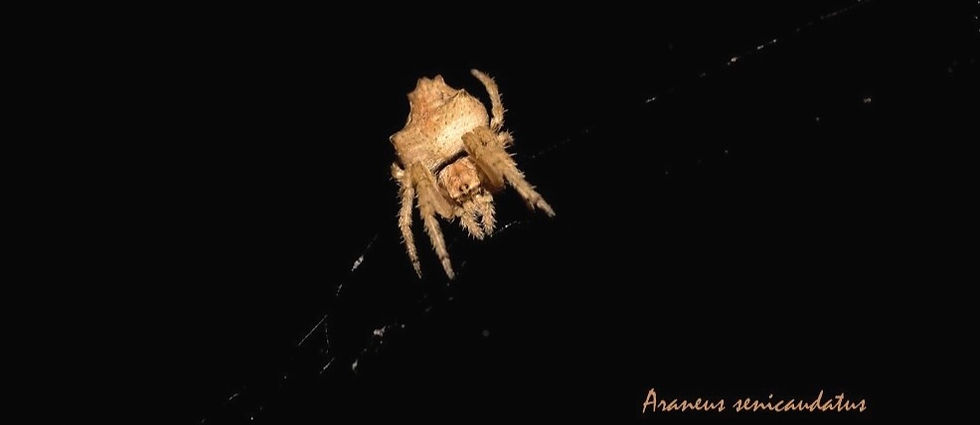
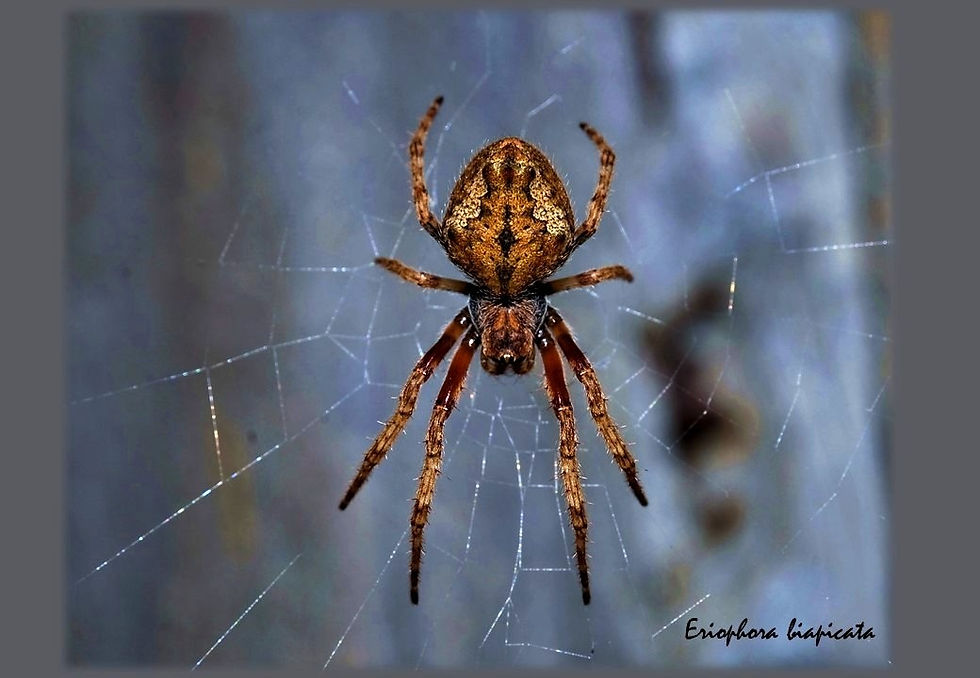



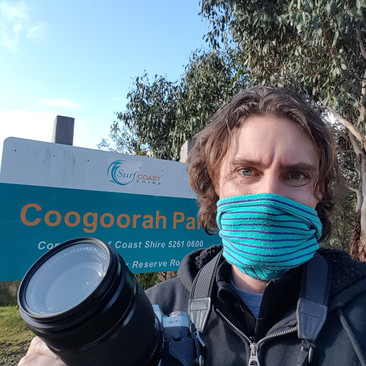

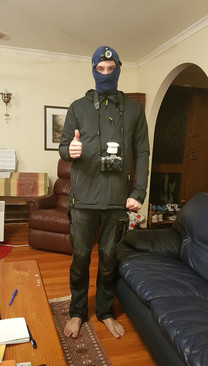


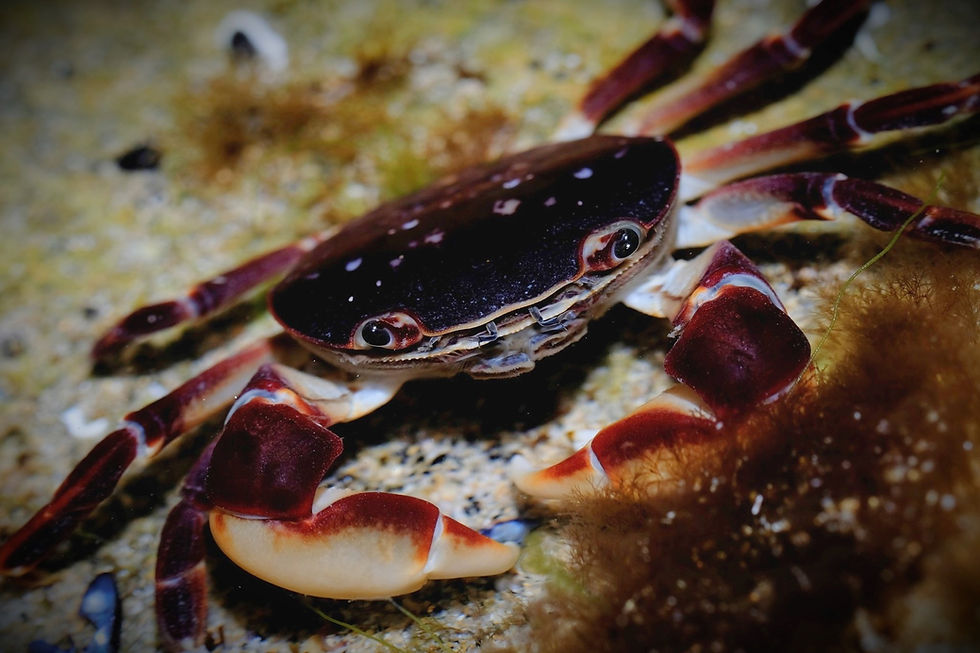
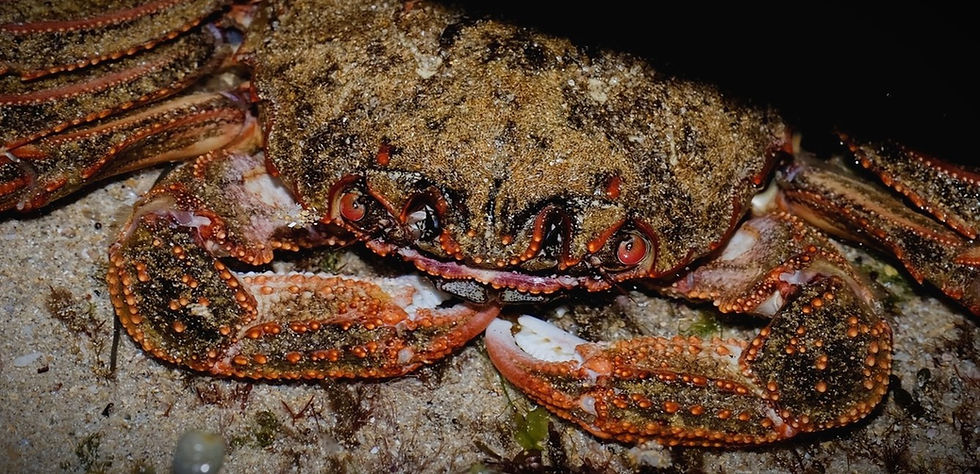




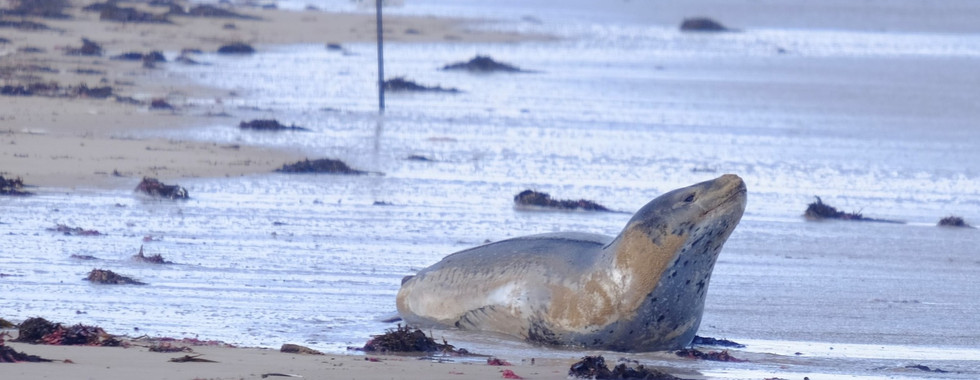















Comments